With my self imposed rule of only buying antiques that are practical and have a purpose in my home, I tend to gravitate towards cookware. We use our Le Creuset dutch oven quite a bit, John uses cast iron daily, and we love the history and stories behind using old pieces vs buying new. A new non stick skillet comes with the concern of having chemicals on it and if you can get the same non stick coating naturally, why not go that direction? Searching for antique cookware allows you to find hidden gems, old hand hammered copper pots, sturdy enamel pieces, solid cast iron. The antiques also have a bit more artistic value to them, form and function working hand in hand…which is even better when you find one for a steal! PS the piece in the upper left of this picture is a bacon press, which produces the best bacon EVER.
For today’s blog, we’re going to look at the three main types of cookware you can find antiquing and how to restore each of them so you can use them in your own kitchen. There is a ton of information out there, which each cook having specific schools of thought (especially with cast iron seasoning) so this is a basic primer to get you going in your research.
Enamel Cookware – enamelware are the dishes that you think of for 1950s camping. Durable, lightweight, retro…there are a TON of looks and pieces. Enamel cookware is popular because it doesn’t require seasoning like cast iron, and alleviates the concerns some have with iron leaching into food. Since the enamel coating is non-reactive, you can cook anything in it without worrying about damaging the surface, and the pots are very efficient and hold heat well.
The one concern about antique enamel is that some companies used lead or cadmium in their glazes. So in general it is safest to buy the well known brands that are high quality, and naturally, do not cook with an enamel pot that has exposed iron without researching the risks (or be a rebel, season the exposed iron and cook away). If there is glazing (teeny hairline cracks) in the enamel, you don’t have to worry about those, it is more a visual preference.
I found these two Le Creuset pans at a Goodwill, and they match the color of my dutch oven, so I was excited to nab them. One had some rust and the other has chips along the outside edge. To clean them, I scrubbed them with soap and water and a mesh sponge. A paste made of baking soda and lemon juice sat on the surface for about thirty minutes then scrubbed off got rid of the rust and the pots were good to go! If you still have rust or grime that won’t come off, you can graduate up to steel wool and Barkeepers Friend, but save that for the worst cases.
When you cook with enamel, you do want to make sure you don’t scorch or scratch the surface. Use silicon or wood utensils, and keep heat under control. If you do destroy a pan, there are places that will re-enamel, it isn’t cheap, but neither is a new pan!
Copper – Copper is a more finicky metal to work with, and only should be on low heat. Chef’s love copper because of its precise temperature control abilities, and they are also gorgeous. Copper pots are lined with tin or stainless steel, and can be retinned if there is a chip.
When we were visiting Madeline Island, we found three amazing copper pieces, all hand tooled and just lovely. I like patina on copper, but I decided to restore our large pot to the original shine. The tin on the inside was pretty dirty, but there were no chips, so all this project took was salt sprinkled on a lemon half.
We scrubbed the whole pot with the lemon, inside and out. We reapplied salt a couple times, and it worked like magic! Here is a picture of the pot halfway through, the visual difference with the metal happens immediately. After a quick rinse and a thorough drying, the pot was as shiny as a new penny!
Cast Iron – now on to the most loved type of cookware in our home, cast iron. Though some complain that it is too heavy to work with, these pieces are durable, handle high heat, and are gorgeous. When seasoned properly, they are amazingly non-stick, it is easy to cook even scrambled eggs. There is something about the weight, the history, the flavor…people work for years to develop their perfect seasoning and some are very passionate about it. It is a fun world to dive into and research the best manufacturers and the regional brands. And when you find cheap cast iron at second hand or antique stores, it is almost always worth buying and restoring, even if you just resell it.
Cast iron can be found in a range of conditions from pretty good shape all the way to rusty, crusty and bumpy. Stay away from anything too pitted, as a smooth cooking surface is needed, but don’t let rust scare you away! If your cast iron is really bad, it may need to be stripped all the way. This step is pretty complicated and there are many options from pressure blasting to electrolysis. You can definitely DIY after lots of research or ship it off. If you do it yourself, be fully prepared as the moment the metal is exposed without seasoning it will start to rust.
If you find a piece that just has a coating of grime and rust, you can restore it at home with a lot of elbow grease. Using steel wool, scrub. Once the rust is gone, wash with warm water and dish soap using a mesh sponge to get everything nice and clean, then dry completely with a towel. Grab your favorite vegetable oil and a paper towel and lightly rub the oil over the entire pan.
If you put too much oil on the cast iron, it will get sticky, so make sure it really is a light fine coating. Bake the cast iron in a 400 degree oven, with the pan upside down. You will produce a LOT of smoke, so make sure you have proper ventilation. If your cast iron has a ton of grime built up on it, you can start the process by putting the pan in a self cleaning oven and have it go through the self cleaning cycle, that will get rid of almost everything.
Depending on how picky you are about your seasoning, then put your cooled cookware on the stove top and heat it up (this opens up the iron’s pores) and use a pair of tongs and a paper towel with oil to lightly coat the surface. Let the pan cool, and repeat until the pan has the sheen you want. Be sure to use your pans regularly, and wash with hot water after use, dry, heat on low flame for two minutes and coat with another small amount of oil before putting it away. Basically all of this work results in cookware that uses no chemicals to produce a non stick surface.
So welcome to the world of quality heritage cookware! If you ever want to gift someone with cast iron, don’t buy new! Either DIY restore a piece or buy from a shop like The Pan Handler for quality antique pieces. Enjoy the journey and happy cooking!
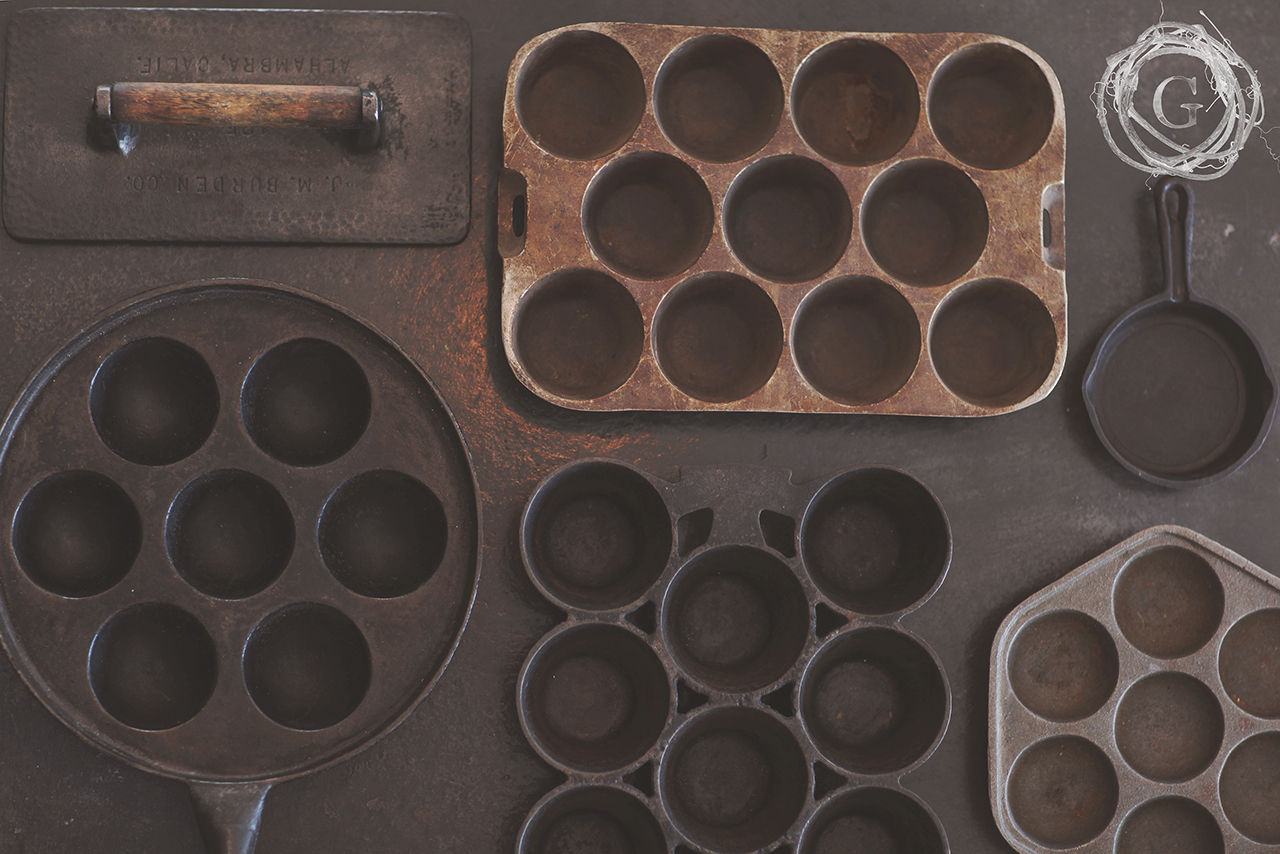
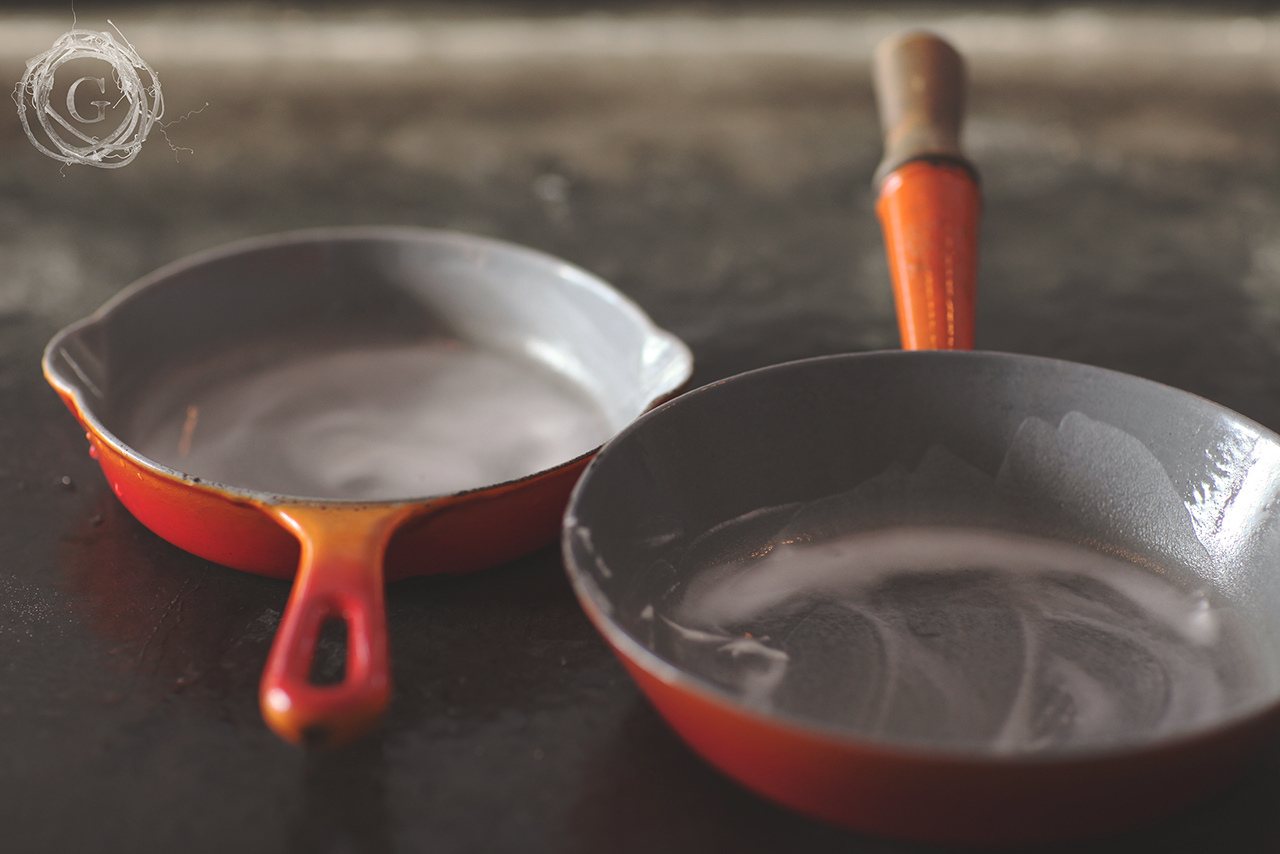
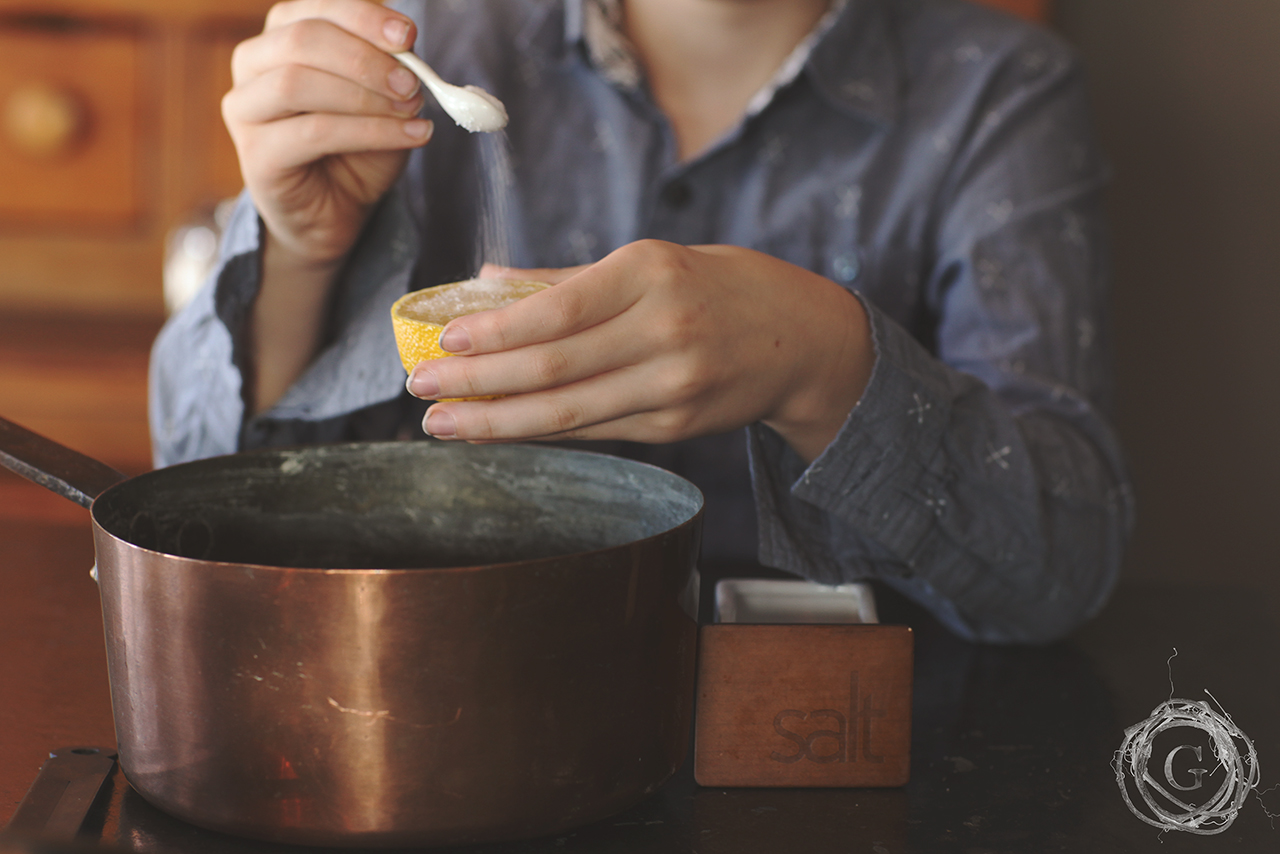
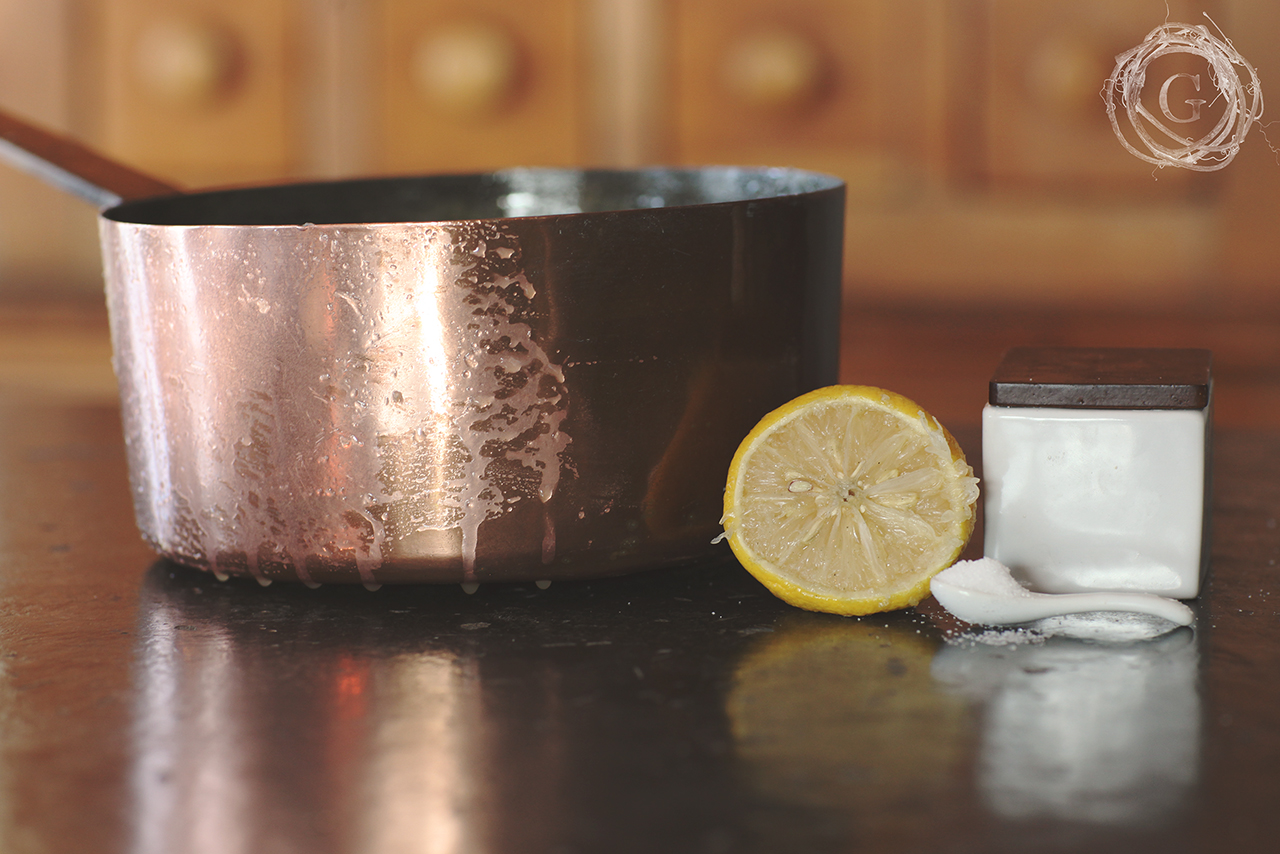
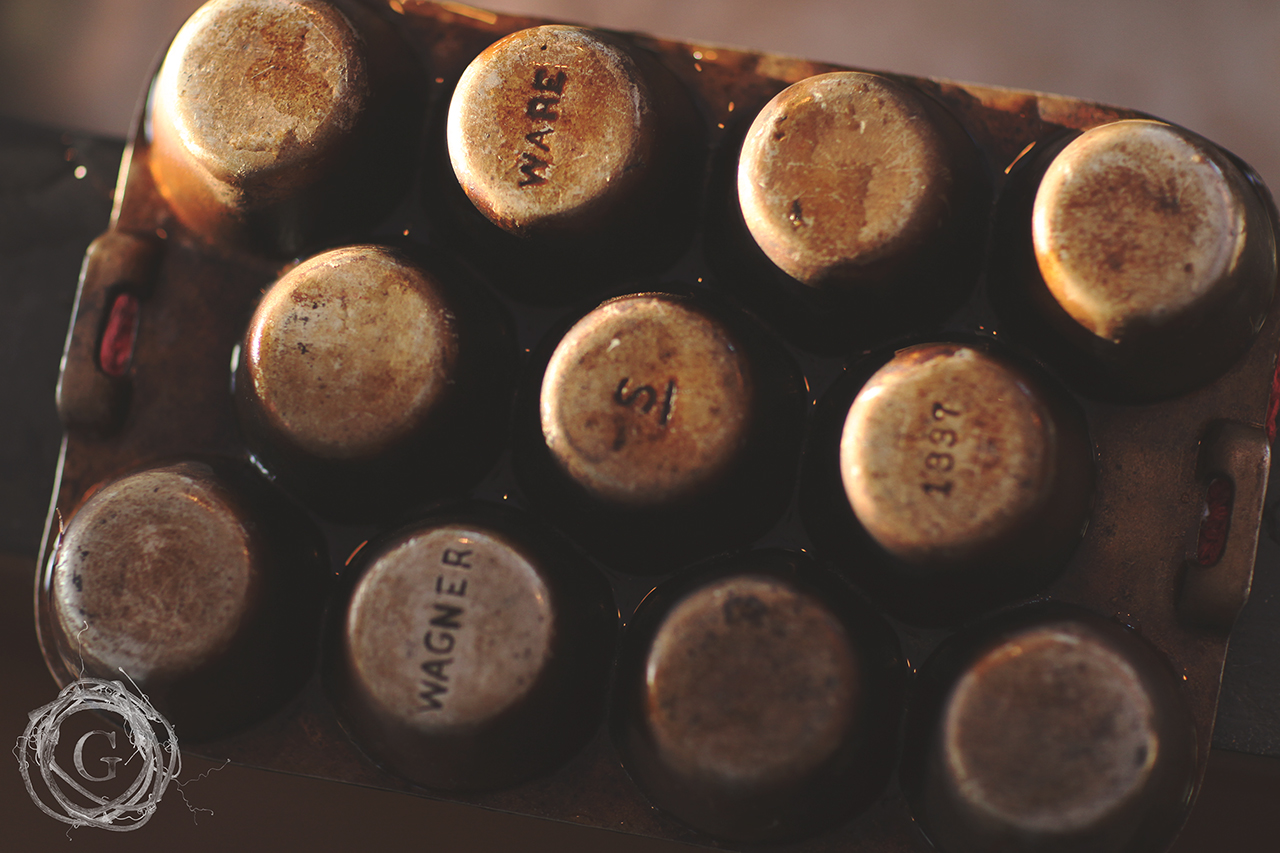
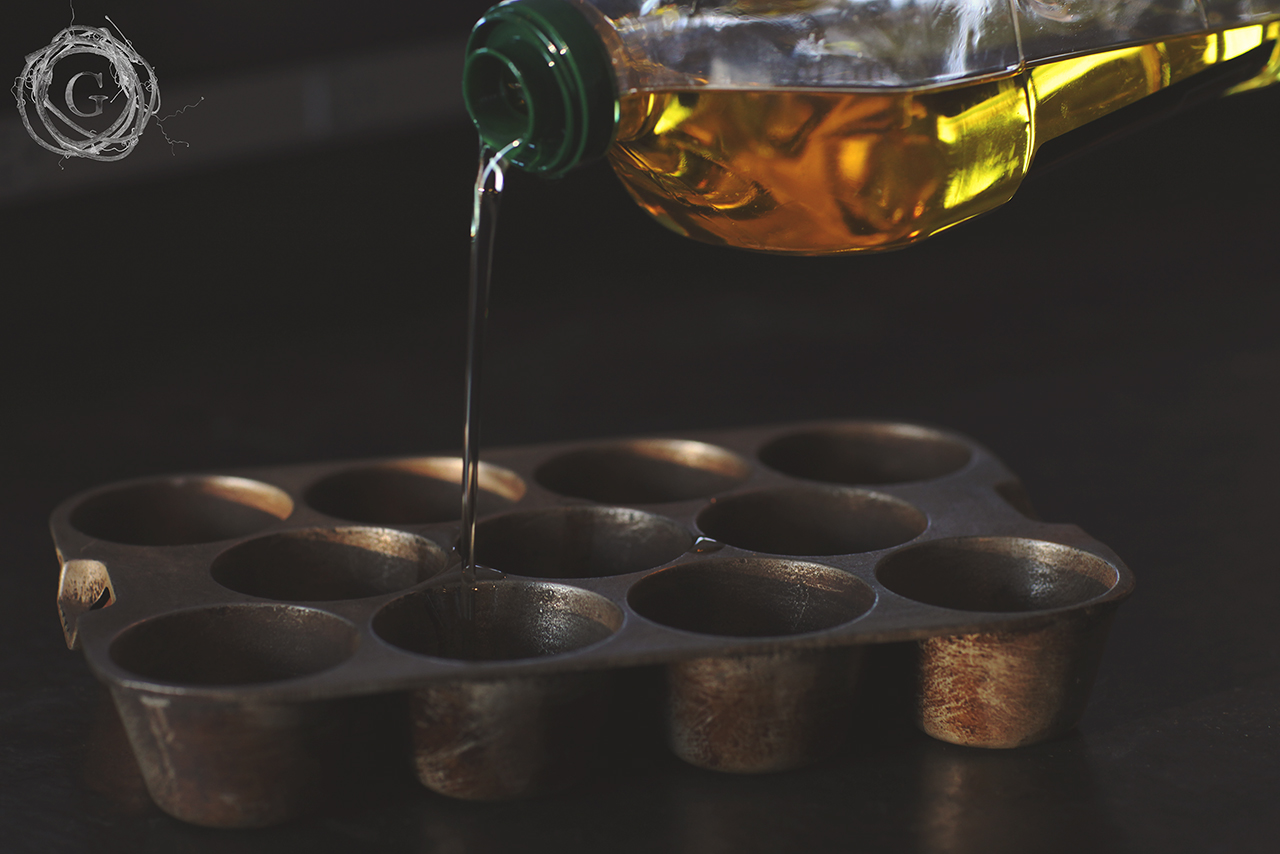
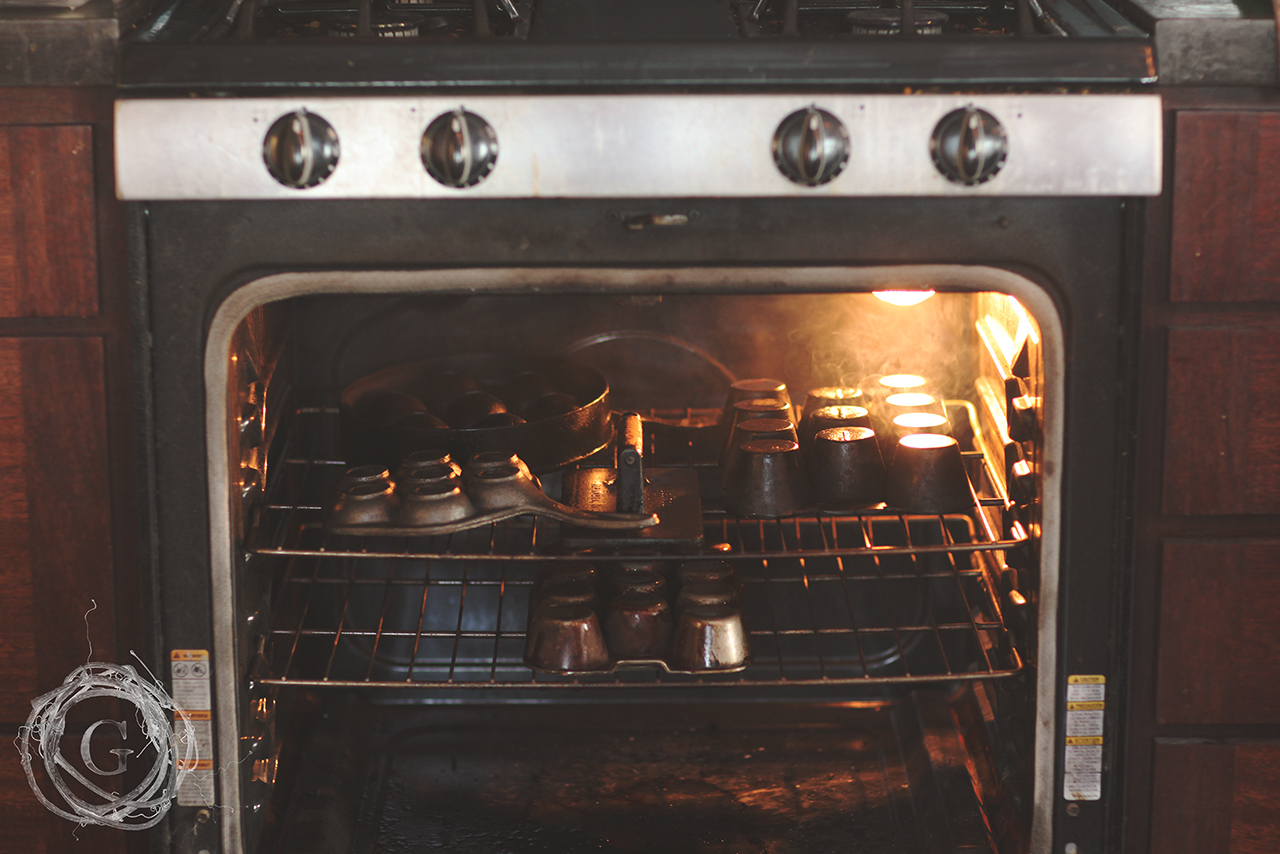
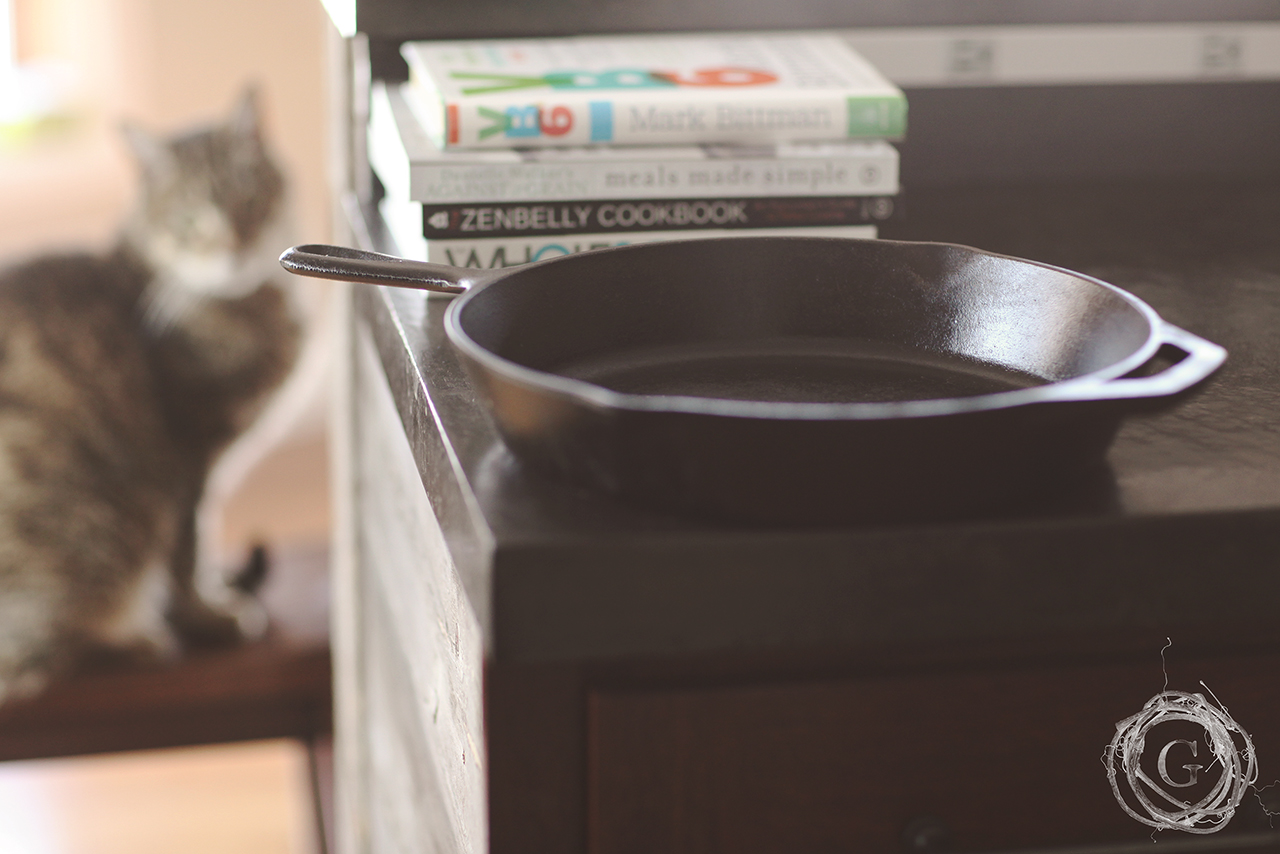
nice photography. great tips. packaged nicely. well done.
Can you suggest a type of company to contact to re-enamel cast iron? The only places I can find are bathtub resurface companies. TIA
Ditto Leah! I’ve been looking but can’t find someone to fix a pot I inherited from my grandmother
DO YOU KNOW OF A U.S. CO. THAT RE-ENAMELS ANTIQUE COOKWARE ? THANK YOU
Hi, I have x2 20cm cast iron pyrex cooking pots that mean a lot to me… I want them taken back to iron, then blessed with the Le Cruset orange… Look forward to hearing from you
Can you please shed some light on these places that re-enamel? I’ve been to blog after blog after blog for the last couple years to figure this out. Everyone says they exist but no one seems to know who or where. Most re-enameling services are specifically for bathtubs and sinks. The places I have found that actually do cookware, ONLY offer it to professional settings such as restaurants. But nowhere have I found that they actually offer refinishing to average people who may have a precious family heirloom that happens to be an enameled pan. I’ve been searching high and low but I’m at a loss now. I have even offered to pay the full price of a minimum order size to these companies to still get turned away.
Hi Miranda! There are not places that will re-enamel cookware. The enamel is ground up glass that is basically put in a kiln to adhere to the cast iron, so that is an extensive process. Some of the higher end retailers have lifetime warrantees for their cookware but will replace rather than fix. From what I have researched, it is ok to still use enamel cookware that has a chip in it, just season like you would any other cast iron. Of course, do your own research on this and figure out what you’re comfortable with as not all brands are the same! Happy cooking!